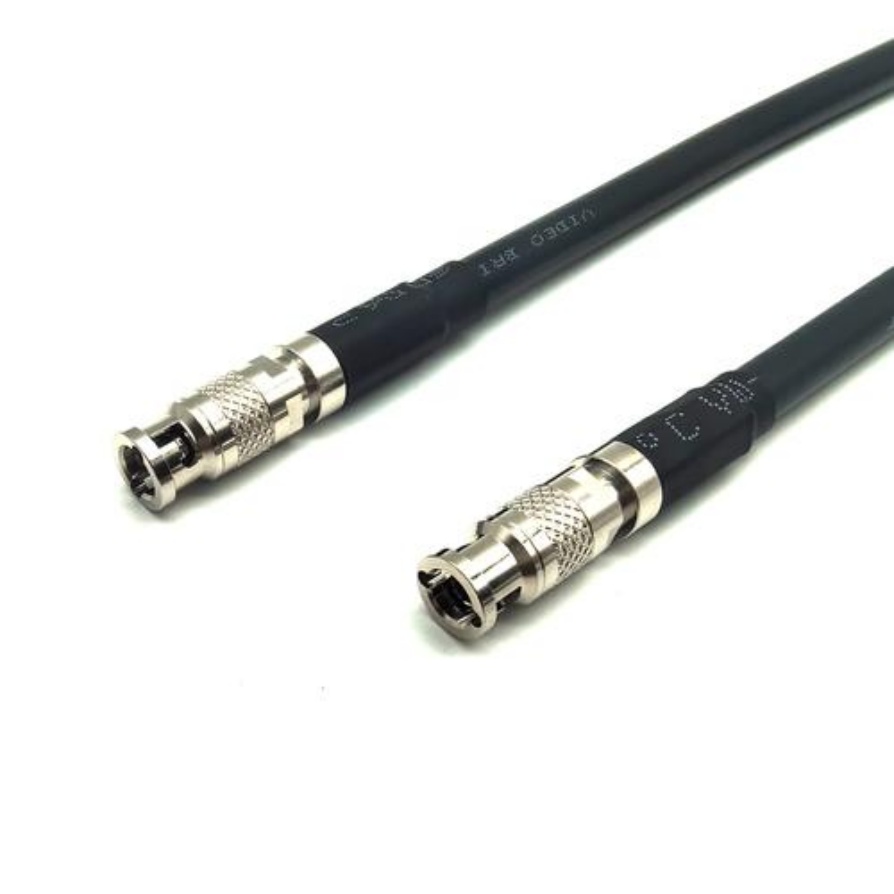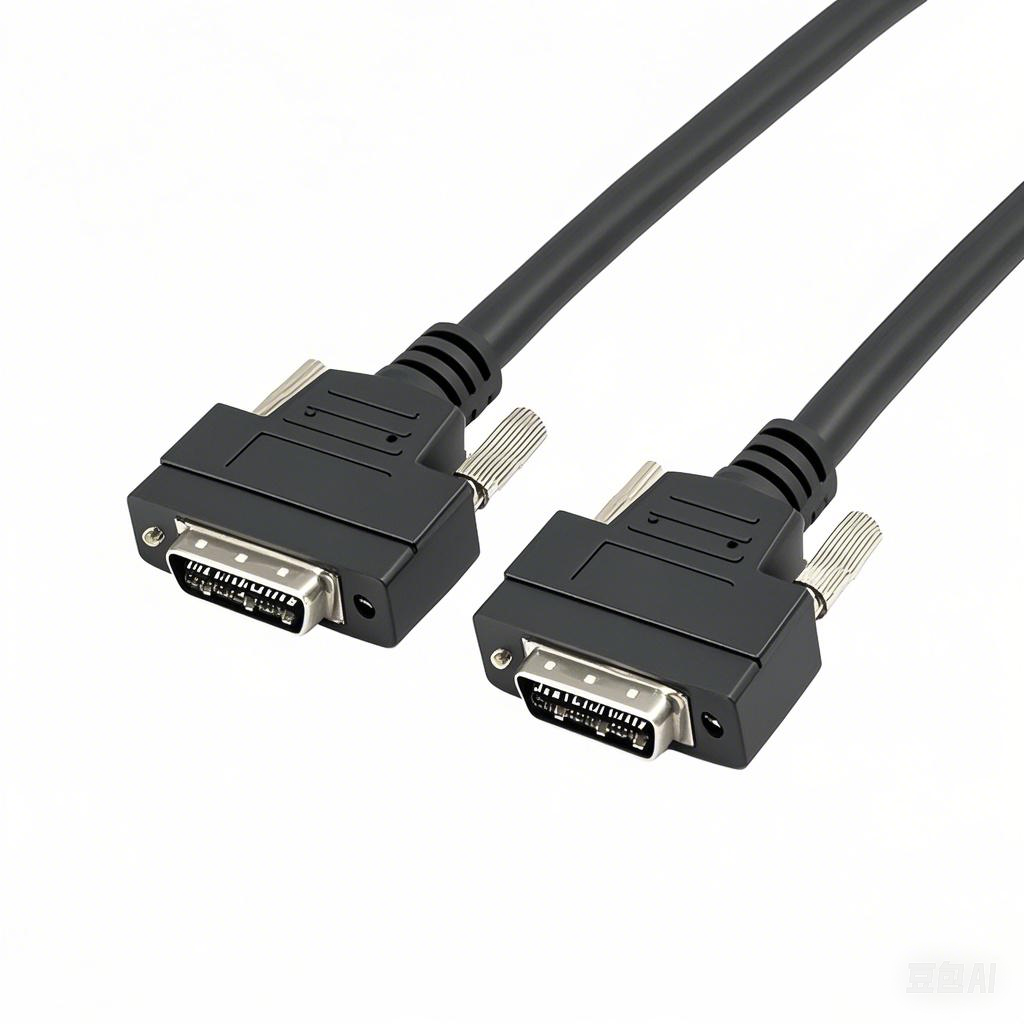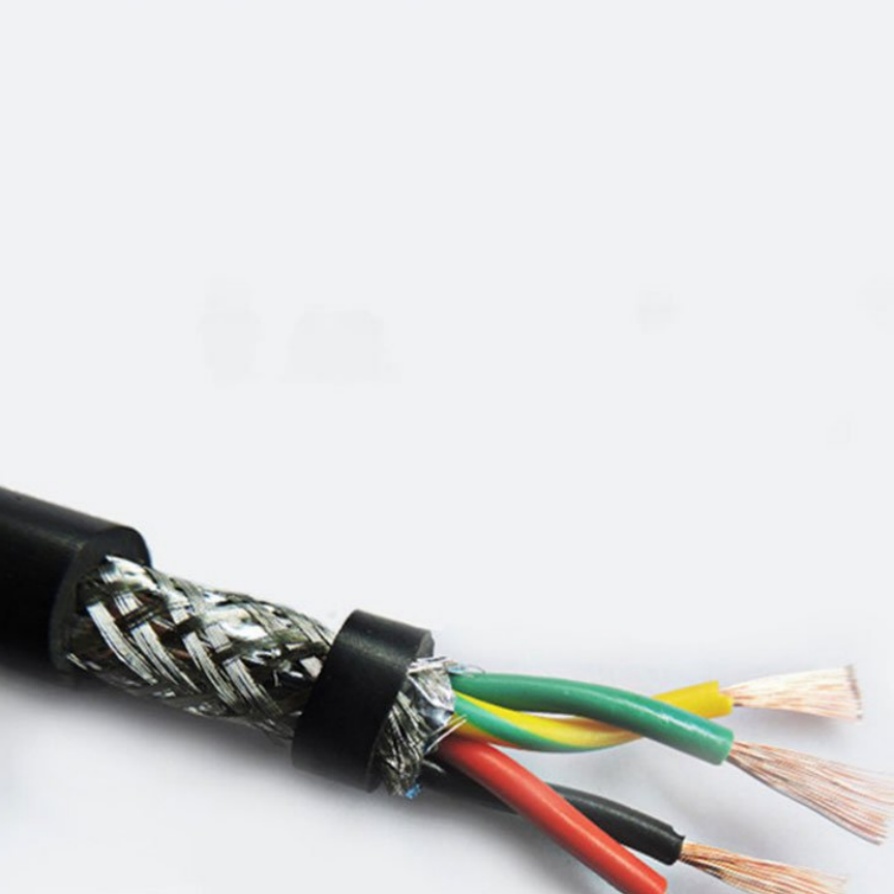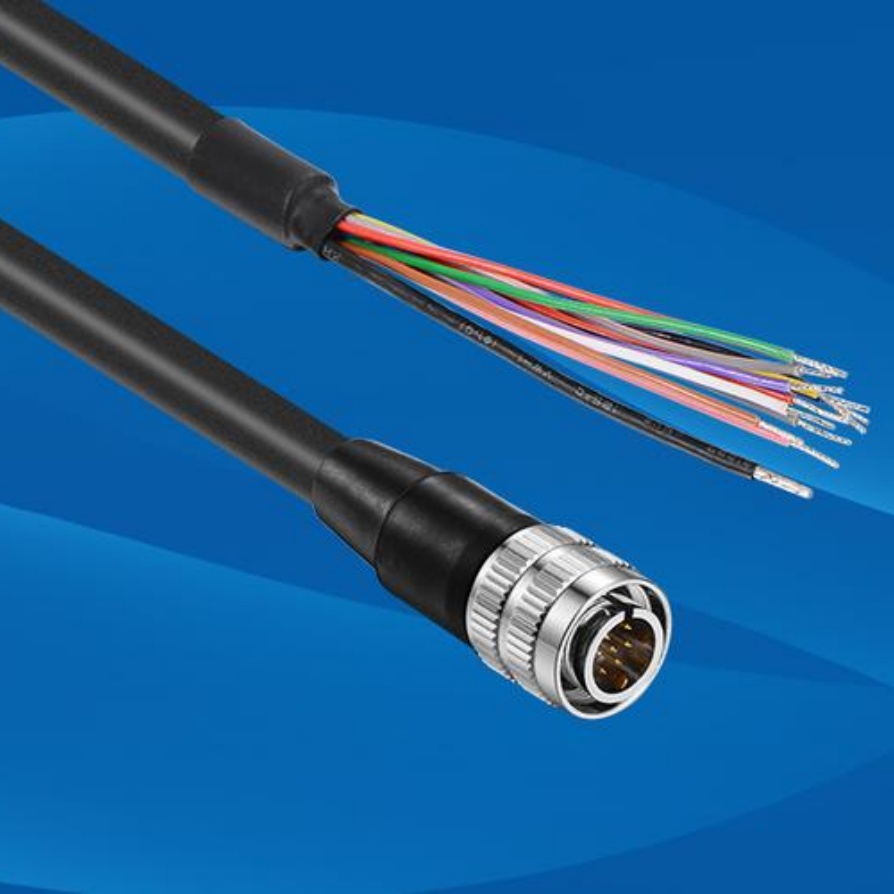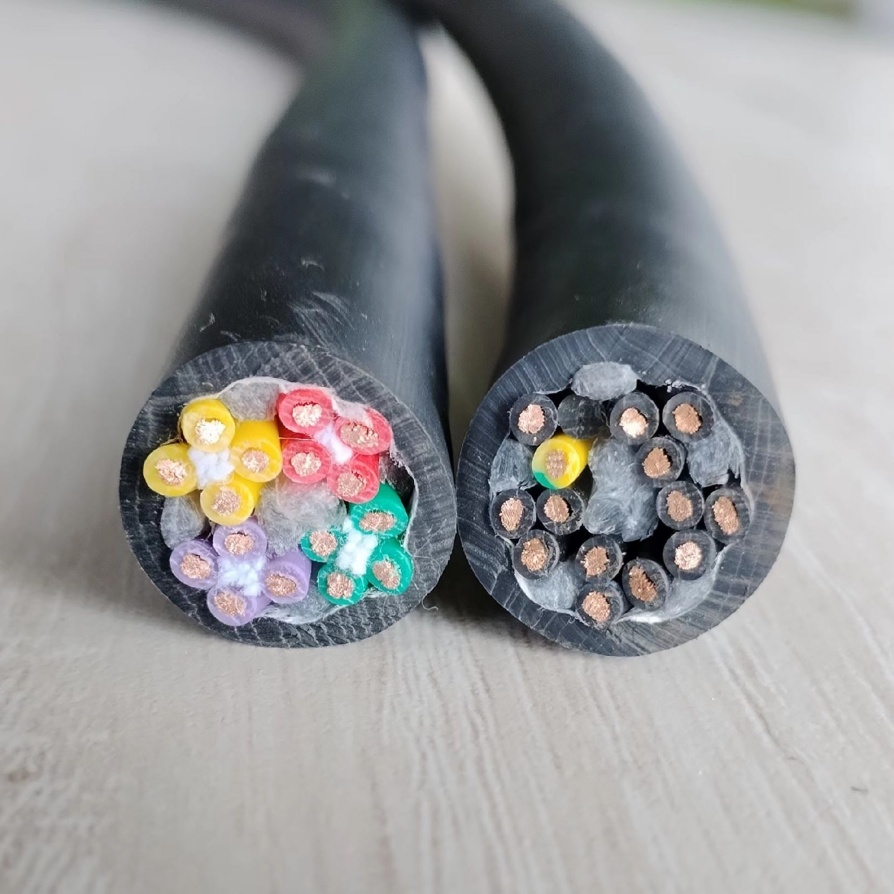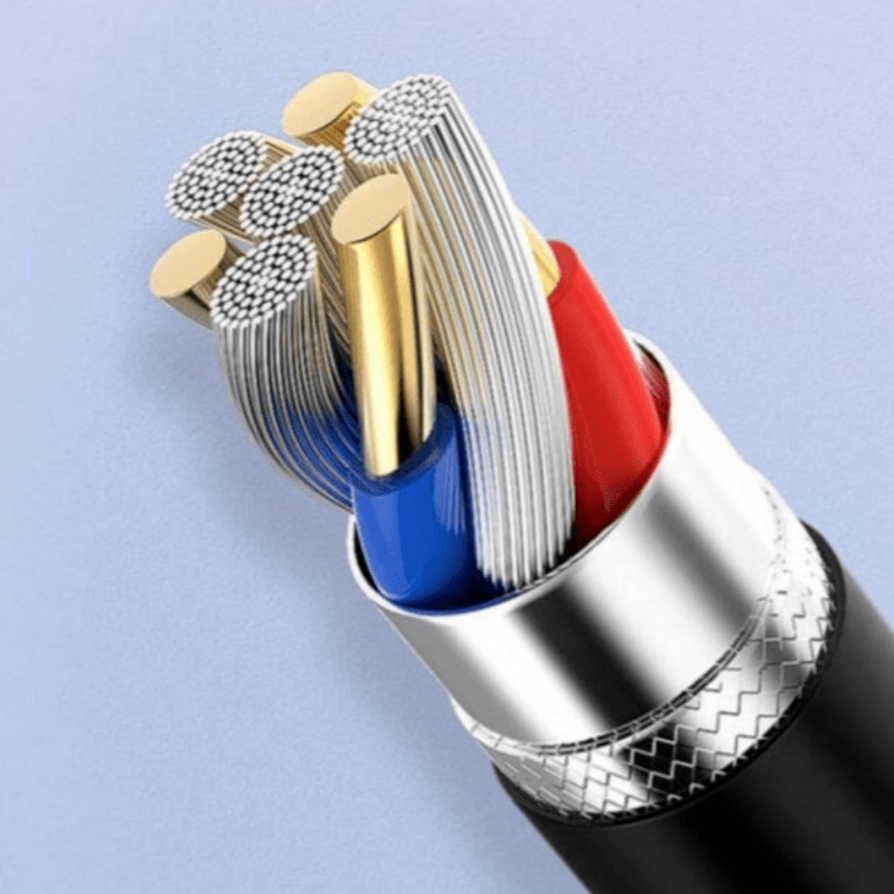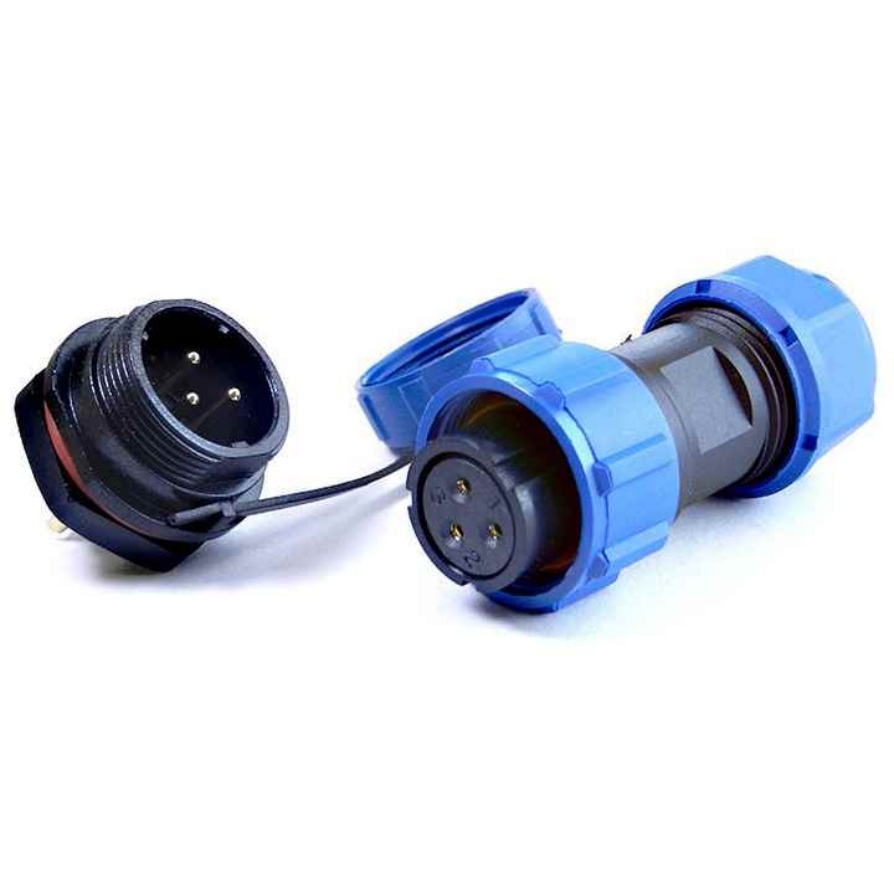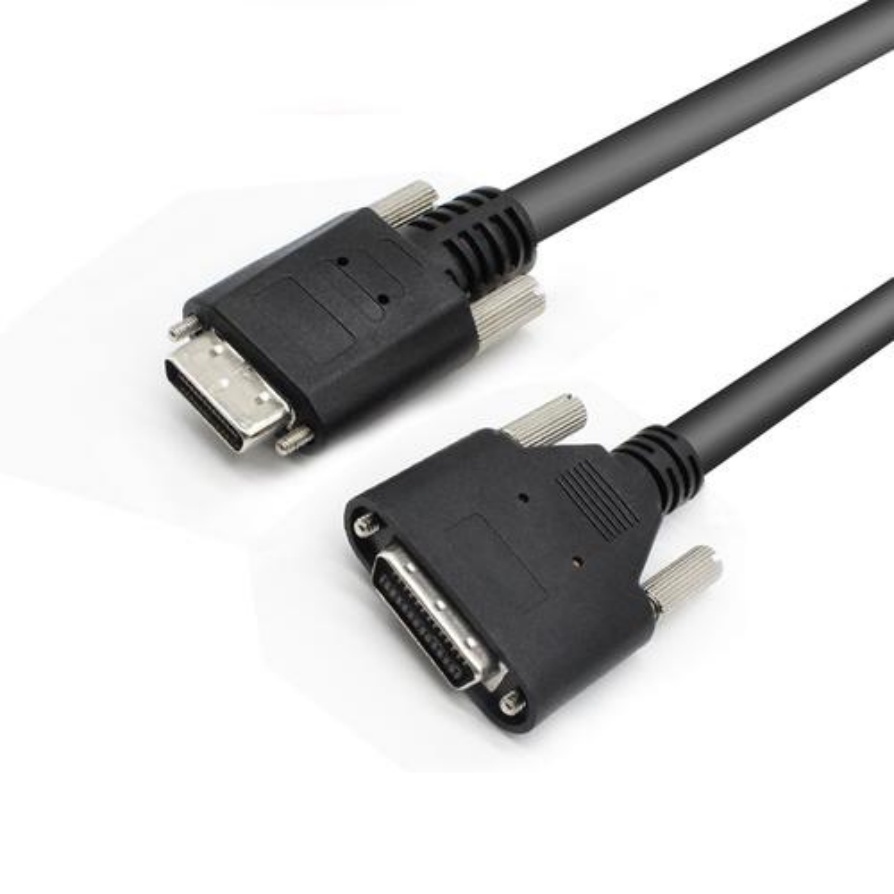What is the bending flexibility of machine cable
In the complex ecosystem of industrial machinery, machine cables serve as the vital nervous system, transmitting power, signals, and data to ensure seamless operation. Among the numerous performance metrics that define a high-quality machine cable, bending flexibility stands out as a critical characteristic, especially in applications where cables are subjected to repeated or continuous bending motions. But what exactly is the bending flexibility of a machine cable? Simply put, it refers to the cable’s ability to bend repeatedly without suffering from structural damage, signal degradation, or a loss in power transmission efficiency. This property is not just a matter of convenience; it directly impacts the reliability, lifespan, and overall performance of the machinery it powers. In this article, we will delve deep into the concept of machine cable bending flexibility, exploring its importance, the factors that influence it, testing methods, application-specific requirements, and why choosing a cable with superior bending flexibility is essential for industrial success.
Why Bending Flexibility Matters for Machine Cables
The modern industrial landscape is marked by increasingly dynamic machinery. From robotic arms on assembly lines that twist and turn with precision to conveyor systems that navigate tight corners, from medical equipment that requires delicate maneuvering to packaging machines that operate in confined spaces—all these applications demand machine cables that can keep up with constant bending. Without adequate bending flexibility, a cable will quickly succumb to wear and tear. Repeated bending can cause the conductor to fatigue, leading to breakages; the insulation or护套 may crack, exposing the internal components to moisture, dust, or mechanical damage; and shielding layers might become compromised, resulting in electromagnetic interference (EMI) that disrupts signal transmission.
The consequences of poor bending flexibility are far-reaching. For manufacturers, it means unplanned downtime as machinery breaks down due to cable failure—a scenario that can cost thousands of dollars in lost productivity. In critical sectors like healthcare, a cable failure in medical imaging equipment could delay patient diagnostics or treatment. In automotive production lines, where precision is paramount, a faulty cable could lead to defective products or even safety hazards. Moreover, frequent cable replacements add to maintenance costs and waste, undermining sustainability efforts. Thus, bending flexibility is not just a technical specification but a key driver of operational efficiency, cost-effectiveness, and safety in industrial settings.
Key Factors Influencing Bending Flexibility of Machine Cables
The bending flexibility of a machine cable is not a single-factor attribute but the result of careful engineering across multiple components. Understanding these factors is crucial for selecting the right cable for specific applications and for appreciating the craftsmanship behind high-performance cables. Here are the primary elements that shape a cable’s bending flexibility:
1. Conductor Design and Material
The conductor is the core of the cable, responsible for transmitting power or signals. Its design and material have a significant impact on flexibility. Stranded conductors—made up of multiple small-diameter wires twisted together—offer far greater flexibility than solid conductors. This is because the individual strands can move relative to each other when the cable bends, reducing stress on the conductor as a whole. The number of strands and the stranding pattern further enhance flexibility; more strands and a tighter, more uniform twist result in better bend performance. Copper is the most common conductor material due to its excellent conductivity and malleability, which contributes to superior bending fatigue resistance compared to materials like aluminum.
2. Insulation and Sheath Materials
The insulation (which surrounds each conductor) and the outer sheath (which protects the entire cable assembly) play a dual role: they provide electrical insulation and mechanical protection while also influencing flexibility. Materials with high elasticity and resistance to cracking under bending are ideal. Thermoplastic elastomers (TPE), polyurethane (PU), and flexible PVC are popular choices for insulation and sheathing in flexible machine cables. These materials can withstand repeated bending without losing their structural integrity, unlike rigid plastics that may become brittle over time. The thickness of the insulation and sheath also matters—while sufficient thickness is necessary for protection, an overly thick layer can reduce flexibility.
3. Shielding Structure
Many machine cables require shielding to protect against EMI, which can interfere with sensitive signal transmission. The type of shielding used affects both EMI protection and flexibility. Braided shielding—made of woven copper or aluminum strands—offers good flexibility because the braid can conform to the cable’s bending motion. Foil shielding, while effective for EMI, is less flexible and can crack if bent repeatedly. Some high-performance cables combine braided and foil shielding to balance flexibility and EMI protection, ensuring reliable signal transmission even in dynamic environments.
4. Cable Construction and Lay Length
The overall construction of the cable, including the arrangement of conductors, fillers, and separators, impacts flexibility. Cables with a compact, well-organized construction tend to be more flexible than those with a bulky or haphazard design. Fillers made of flexible materials can help maintain the cable’s shape while allowing for bending. The lay length—the distance over which the conductors are twisted together—is another critical factor. A shorter lay length (tighter twist) improves flexibility because the conductors are more evenly distributed and can bend more easily without tangling or exerting excessive stress on each other.
Testing Methods for Bending Flexibility of Machine Cables
To ensure that machine cables meet the required bending flexibility standards, manufacturers subject them to rigorous testing. These tests simulate real-world bending conditions and measure the cable’s performance over time. Some of the most common testing methods include:
1. Dynamic Bending Test
This test involves repeatedly bending the cable at a specified angle and speed for a set number of cycles. The cable is mounted on a test rig that mimics the bending motion it would experience in actual use—for example, a reciprocating motion or a rotational bending motion. During and after the test, the cable is inspected for signs of damage, such as conductor breakage, insulation cracking, or sheath wear. The number of cycles the cable can withstand before failure is a key indicator of its bending flexibility. International standards like IEC 60228 or UL 1581 outline specific parameters for dynamic bending tests, including bend radius, cycle frequency, and load conditions.
2. Static Bending Test
While dynamic bending tests focus on repeated motion, static bending tests evaluate the cable’s performance when bent and held in a fixed position for an extended period. The cable is bent to a specified radius and left for a set duration, then checked for changes in electrical properties (such as resistance or capacitance) and structural integrity. This test is particularly relevant for applications where cables are routed in tight spaces and remain bent for long periods.
3. Bending Fatigue Test
Bending fatigue testing is designed to measure the cable’s resistance to fatigue failure caused by repeated bending. The cable is subjected to a cyclic bending load until it fails, and the number of cycles to failure is recorded. This test helps manufacturers determine the cable’s expected lifespan in applications with high bending frequency, such as robotic arms or automated machinery. Advanced testing equipment can also monitor electrical performance in real time during the test, ensuring that signal or power transmission remains stable until failure.
Application-Specific Bending Flexibility Requirements
Different industrial applications have unique demands when it comes to machine cable bending flexibility. Understanding these requirements is essential for selecting the right cable and avoiding costly mistakes. Here are some examples of application-specific needs:
1. Robotics and Automation
Robotic arms and automated guided vehicles (AGVs) undergo constant, repetitive bending motions—sometimes thousands of cycles per hour. Cables used in these applications require ultra-high bending flexibility and resistance to fatigue. A typical robotic cable may need to withstand millions of bending cycles at a small bend radius (often as small as 5 times the cable diameter) without failure. Additionally, these cables must maintain signal integrity to ensure precise control of the robot’s movements.
2. Medical Equipment
Medical devices like endoscopes, surgical robots, and diagnostic machines require cables that are both flexible and sterile. The cables must bend smoothly to allow for delicate maneuvering during procedures, while also being resistant to chemicals and autoclavable (if necessary). Bending flexibility is critical here to avoid patient discomfort or equipment damage, and the materials used must meet strict biocompatibility standards.
3. Packaging and Material Handling
Packaging machines, conveyor systems, and forklifts operate in confined spaces with frequent bending of cables. These cables must be flexible enough to navigate tight corners and moving parts, while also being durable enough to withstand abrasion from contact with other machinery or materials. A robust sheath material combined with a flexible conductor design is essential for longevity in these harsh environments.
4. Renewable Energy
Wind turbines and solar tracking systems have cables that are exposed to outdoor conditions and repeated bending due to the movement of turbine blades or solar panels. These cables must not only have excellent bending flexibility but also be resistant to UV radiation, extreme temperatures, and moisture. The ability to withstand dynamic bending in harsh weather ensures reliable power generation and reduces maintenance costs.
Why Choose FRS for Machine Cables with Superior Bending Flexibility
When it comes to machine cables that deliver exceptional bending flexibility, FRS stands as a trusted partner for industries worldwide. With decades of experience in cable engineering and manufacturing, FRS understands the unique challenges of dynamic industrial environments and has developed a range of machine cables that prioritize flexibility, durability, and performance.
At FRS, every machine cable is crafted with meticulous attention to the factors that drive bending flexibility. We use high-quality stranded copper conductors with optimized stranding patterns to maximize flexibility and fatigue resistance. Our insulation and sheath materials are carefully selected for their elasticity and durability—including premium TPE and PU compounds that can withstand repeated bending without cracking or wear. FRS cables feature advanced shielding structures, such as combined braided and foil shielding, to ensure EMI protection without compromising flexibility. Additionally, our engineers optimize cable construction and lay length to create compact, flexible designs that excel in even the most demanding applications.
FRS doesn’t just stop at engineering—we subject every batch of machine cables to rigorous testing in our state-of-the-art labs, adhering to international standards like IEC and UL. Our dynamic bending tests simulate millions of cycles to ensure that our cables meet or exceed the lifespan expectations of our customers. Whether you need cables for robotics, medical equipment, packaging machinery, or renewable energy systems, FRS offers tailored solutions that match your specific bending flexibility requirements.
Beyond product quality, FRS is committed to providing exceptional customer service. Our team of cable experts works closely with clients to understand their application needs, recommend the right cable solutions, and deliver products on time. We pride ourselves on our ability to innovate and adapt to the evolving demands of the industrial sector, ensuring that our customers always have access to the latest in cable technology.
In conclusion, bending flexibility is a non-negotiable attribute of high-performance machine cables, and choosing the right cable can make all the difference in your operations. With FRS, you can trust that you’re getting machine cables that are engineered for flexibility, tested for reliability, and designed to keep your machinery running smoothly. Experience the FRS difference today and elevate the performance of your industrial systems with cables that bend, perform, and last.


